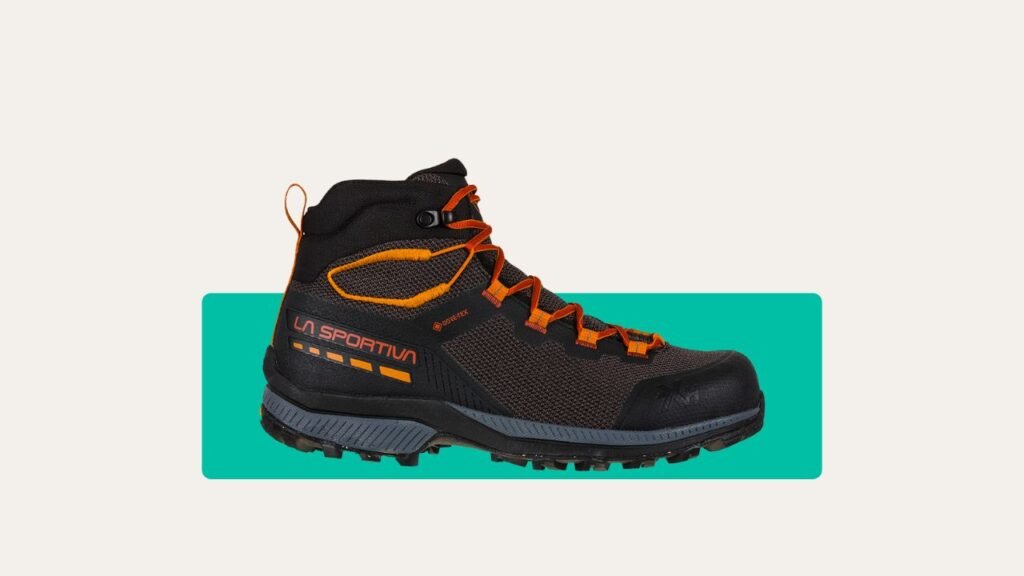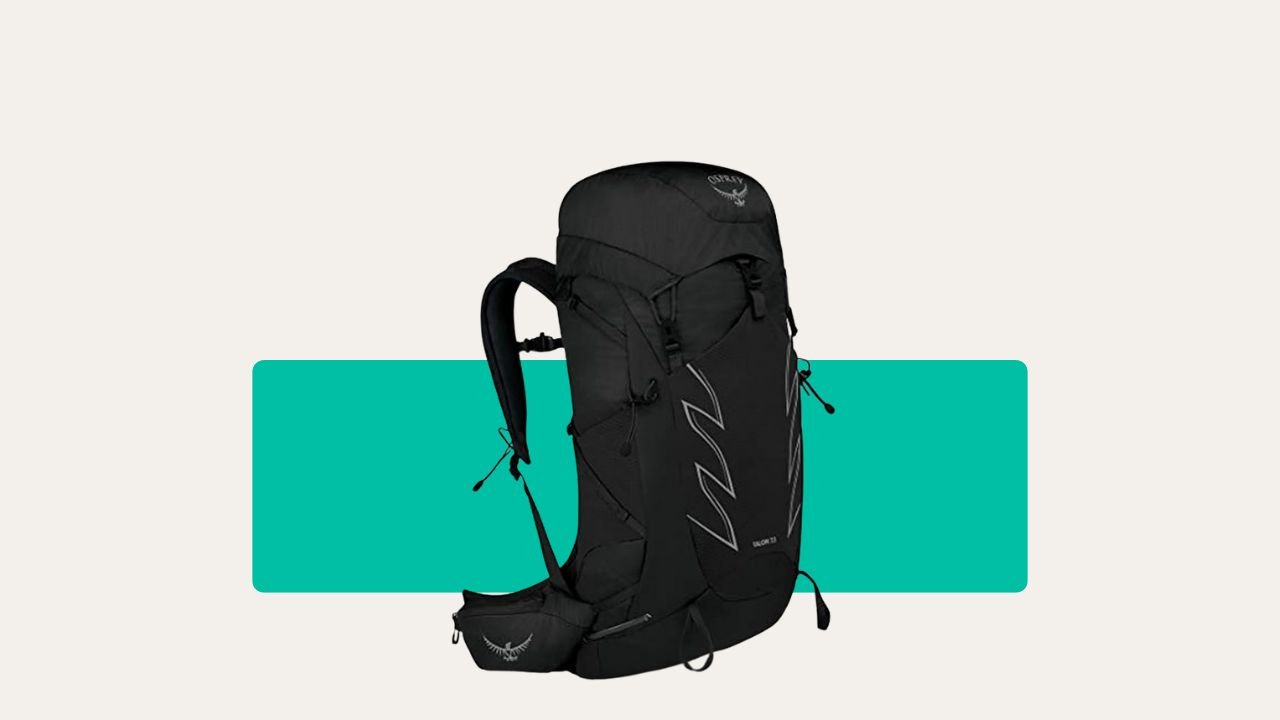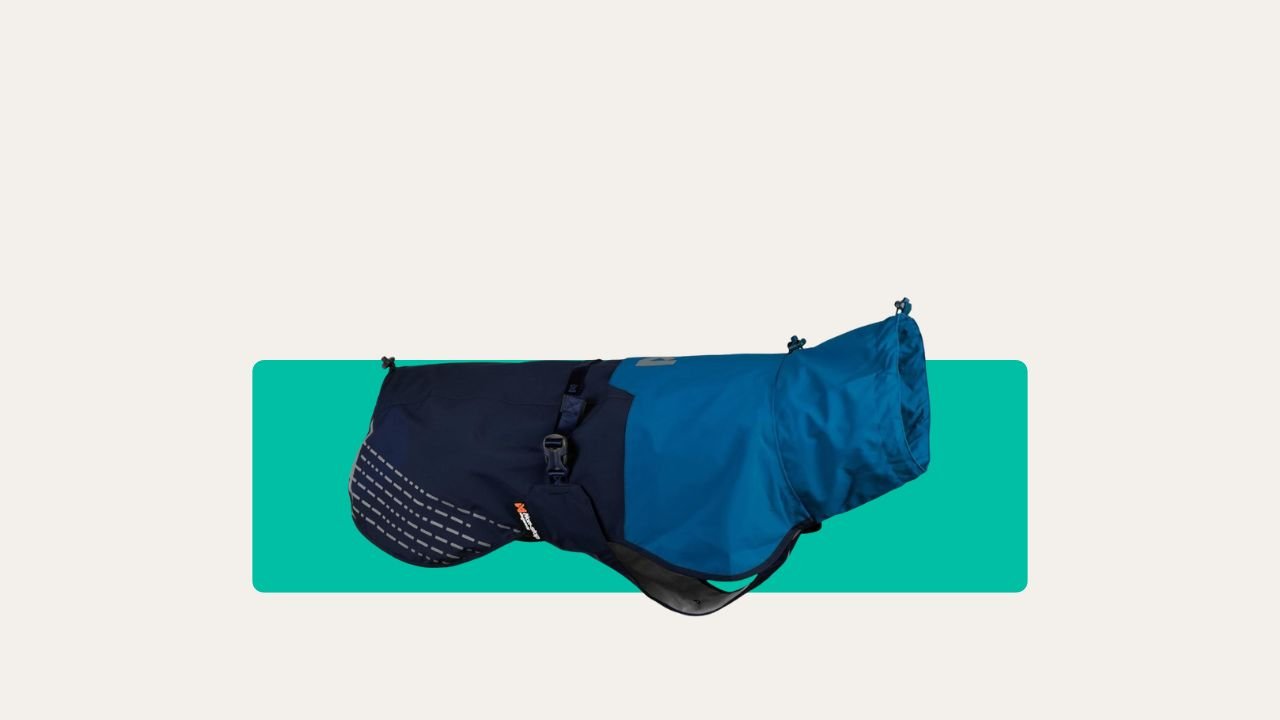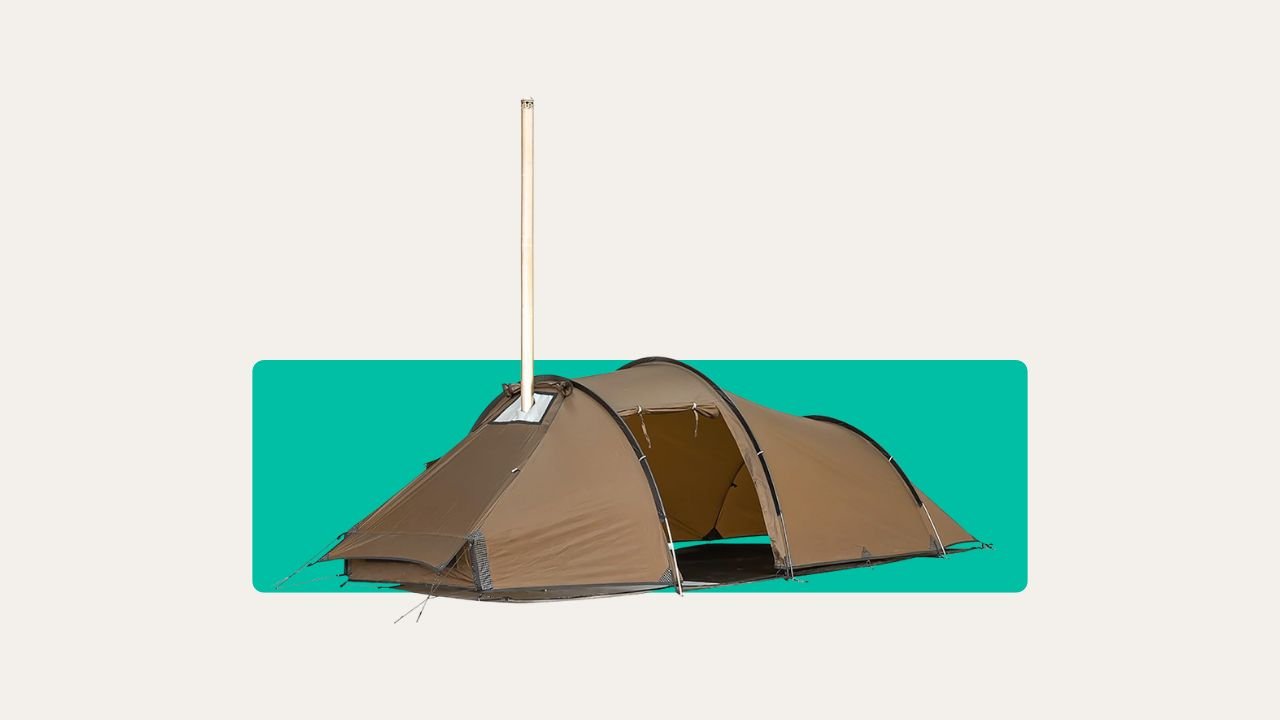Let’s be honest – if you’ve ever tackled a muddy hill in the Peak District wearing old trainers, you already know the pain.
Slippery paths, soggy socks, and blisters that make you walk like you’ve aged 40 years overnight. I’ve been there too. My first “hike” was more of a squelch-fest, complete with aching arches and a vow to never again trust my gym shoes on the trail.
Here’s the thing: proper walking boots aren’t about looking the part. They’re about keeping your feet dry, supported, and ready for whatever the British weather (and terrain) throws at you.
Whether you're strolling coastal paths or scrambling up Snowdonia, a good pair of women’s walking boots makes all the difference.
So if you're ready to ditch the foot drama and finally invest in something built for the hills, not the treadmill, this guide is for you.
We’ve pulled together the best walking boots for women that balance comfort, grip, and durability, with a few hard-won tips from the trail thrown in too.
Let’s find your perfect fit.
Why Good Walking Boots Matter?
We all learn the hard way: bad boots can turn a lovely ramble into a limping slog.
If you’re walking in Britain, you need to be ready for wet grass, rocky paths, and endless bogs. It’s not just about staying upright, either. Good boots prevent twisted ankles, keep your socks dry, and stop those toenail-bashing blisters halfway up Kinder Scout.
Women’s walking boots are built differently from men’s. The fit is adjusted for most women’s heel shapes, arch height, and narrower feet. That means better support and less rubbing, crucial after ten miles with a full pack.
Best Women’s Walking Boots: A Quick Comparison (2025)
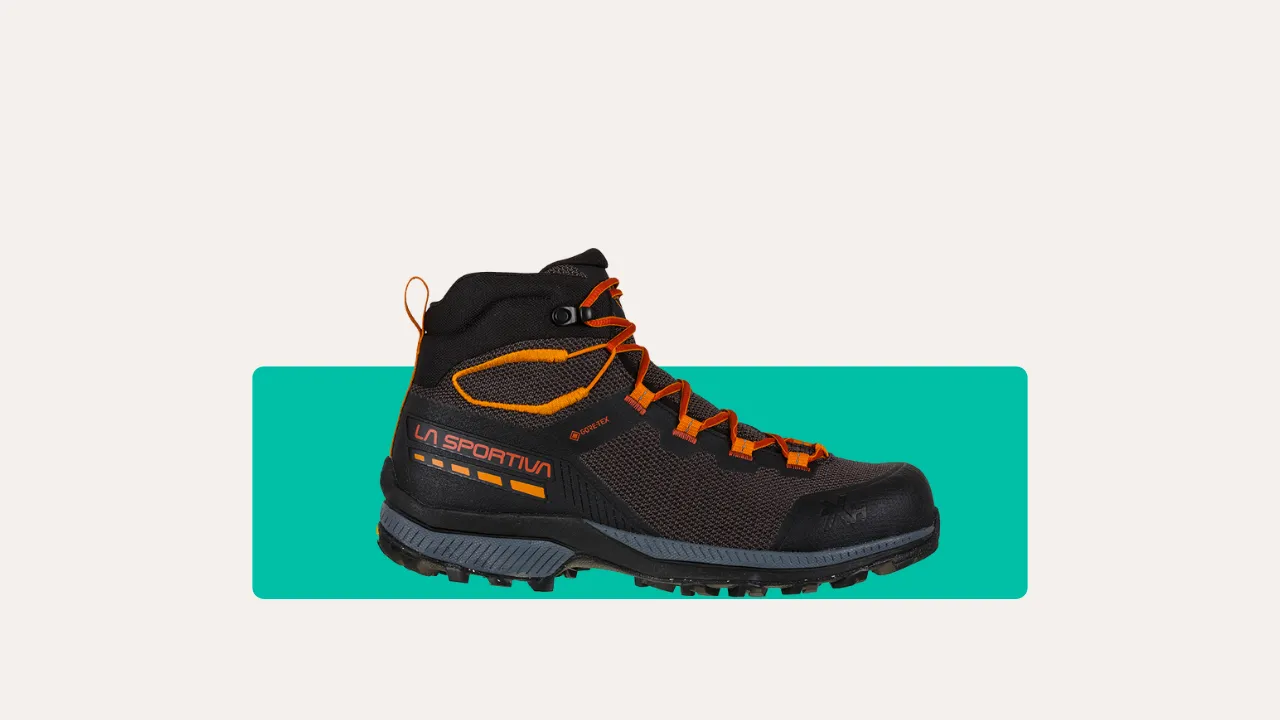
La Sportiva TX Hike Mid GTX
Best For: All-round UK hiking (wet & rocky)
Key Strengths: Lightweight, grippy, eco-friendly, comfy from day one
Watch-Outs: Not ideal for narrow feet
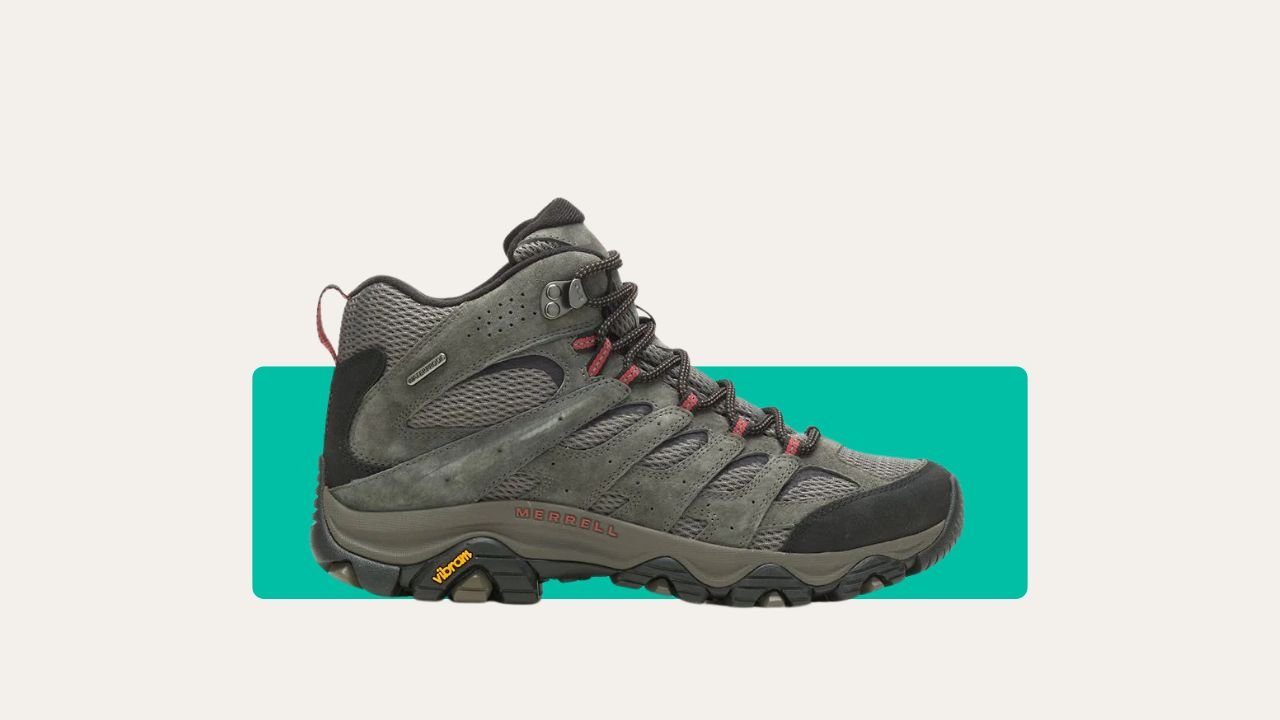
Merrell Moab 3 Mid Waterproof
Best For: Budget-friendly, everyday walking
Key Strengths: Affordable, comfy, great grip on mixed terrain
Watch-Outs: Slightly bulky, mesh may wear quicker
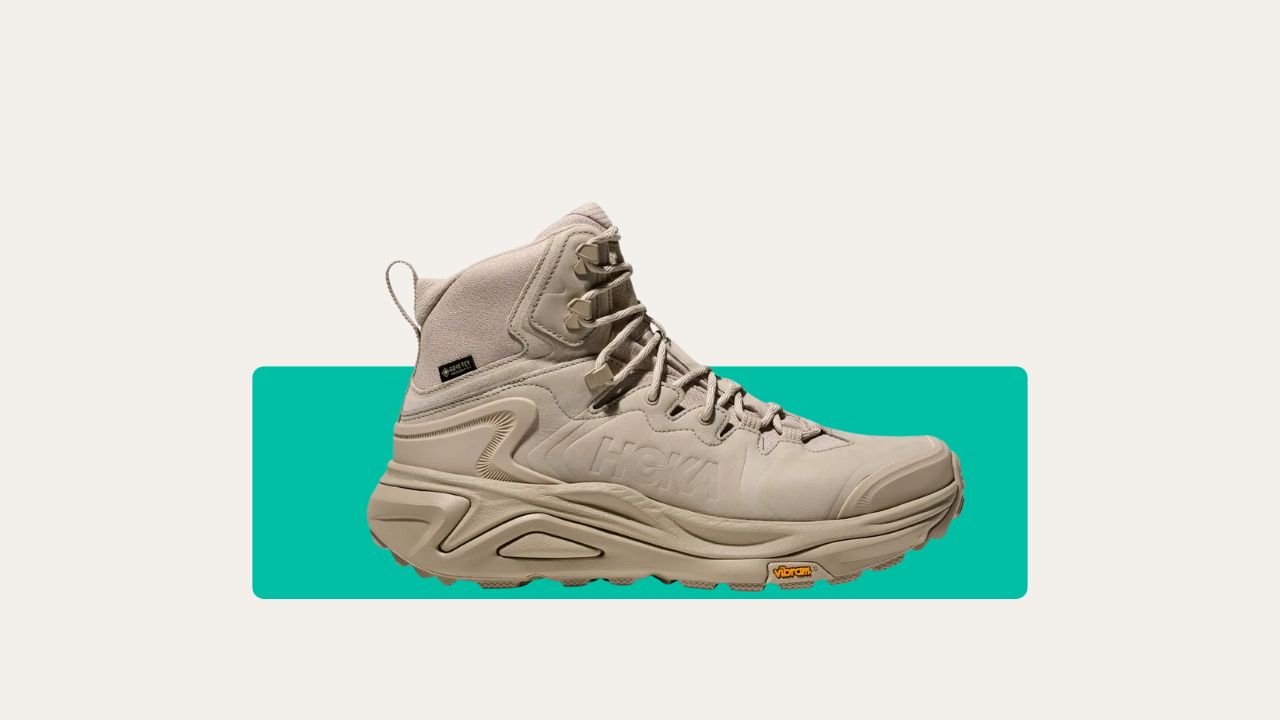
Hoka Kaha 3 GTX
Best For: Long hikes & sore feet
Key Strengths: Max cushioning, strong support, waterproof
Watch-Outs: Bulky build, expensive
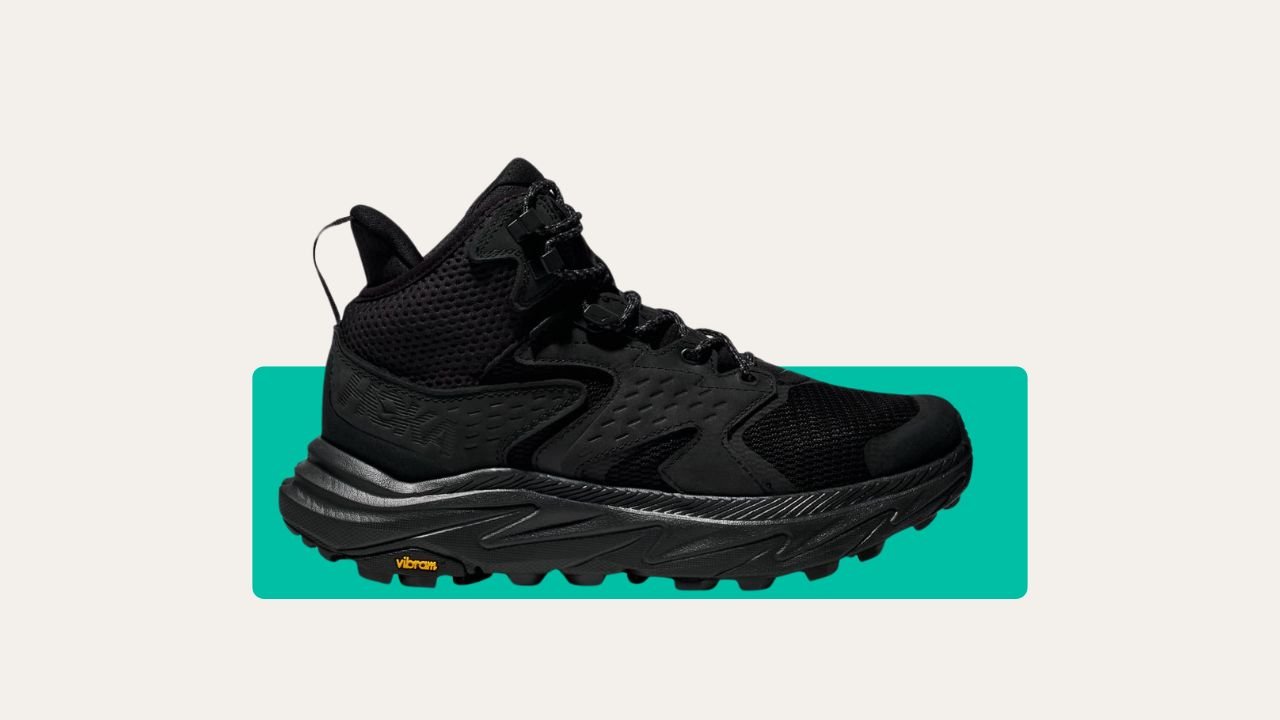
Hoka Anacapa 2 Mid GTX
Best For: Light trail use & casual hiking
Key Strengths: Lightweight, comfy, stylish, good waterproofing
Watch-Outs: Narrow fit, not built for rough trails
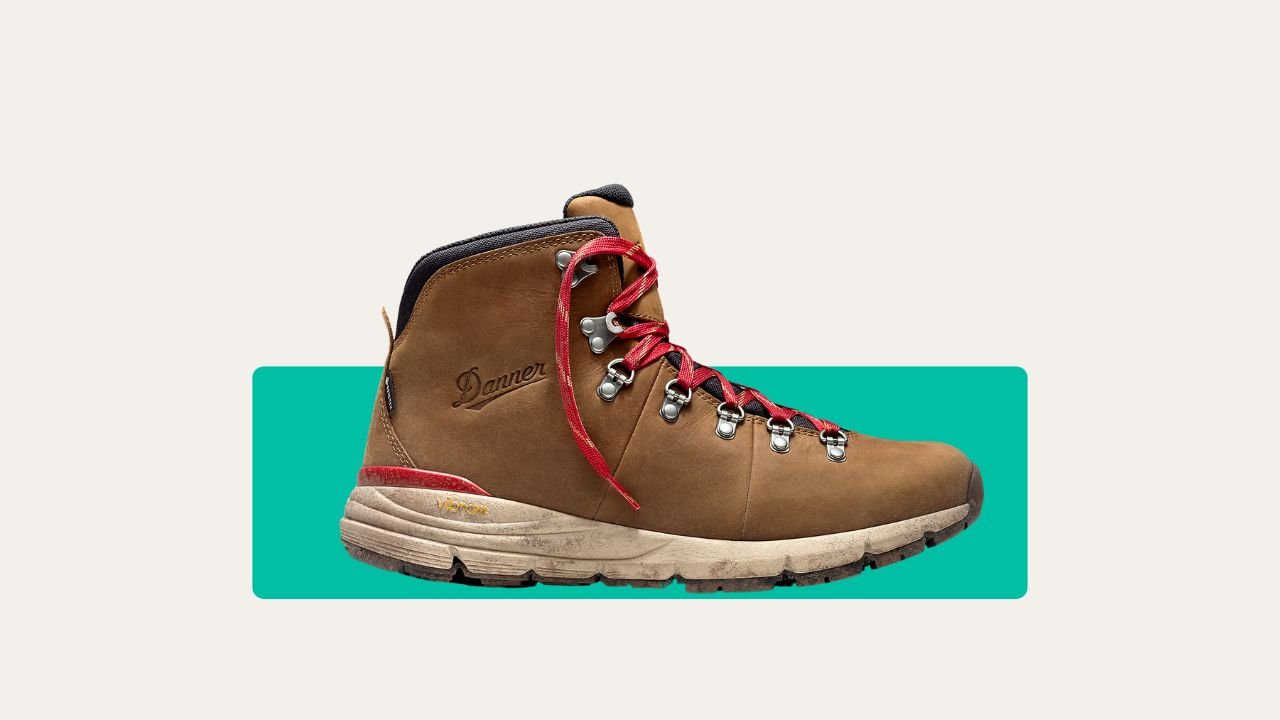
Danner Mountain 600 Leaf GTX
Best For: Durability & long-term use
Key Strengths: Top-quality leather, recraftable sole, waterproof
Watch-Outs: Needs breaking in, heavier
Top Women’s Walking Boots for 2025:
No two feet or hiking styles are the same. These are my top picks for 2025, tested in mud, rain, midges, and everything in between:
1. La Sportiva TX Hike Mid GTX – Best for All-Round Grip and Comfort
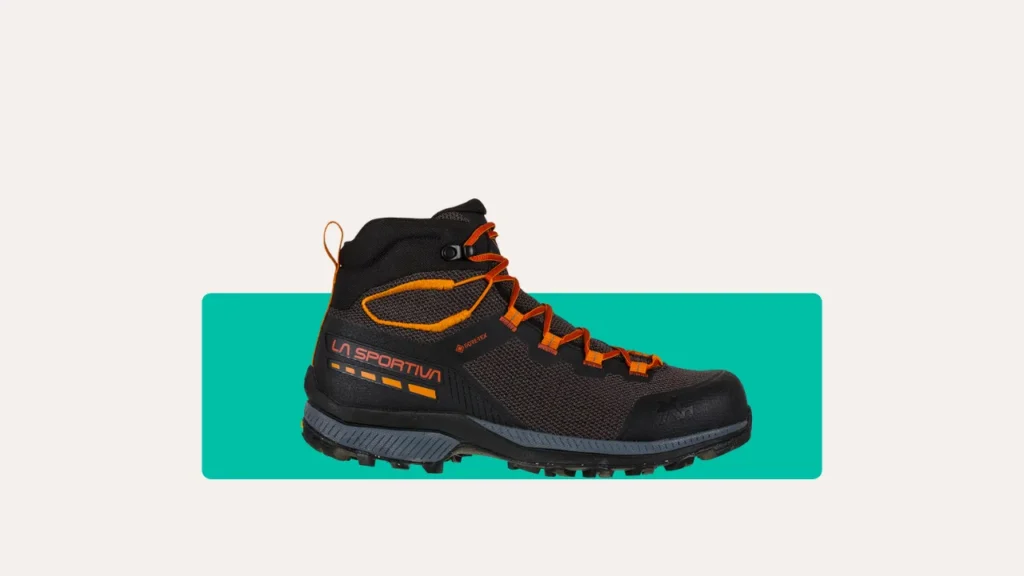
If I had to pick one boot to cover most UK trails – mud, rock, hills, and wet grass, it’d be the La Sportiva TX Hike Mid GTX. Lightweight yet stable, this boot feels like a trail runner with the guts of a proper hiking boot.
It’s comfortable from the get-go (no awkward break-in), offers great grip with its Vibram sole, and handles drizzle and damp trails thanks to the Gore-Tex lining.
Plus, it’s built with recycled materials, so if you care about your environmental footprint, it ticks that box without skimping on performance.
Now, one caveat: if you’ve got very narrow feet, this boot may feel a bit roomy. It’s a blessing for those with wider feet (which is rare in women’s boots), but if you run slim, you might want to look at something like the Scarpa Terra instead.
Pros
- Instant comfort – no need to break it in
- Serious grip for hills, ridges, and muddy tracks
- Lightweight and breathable, yet still weatherproof
- Eco-friendly construction with recycled components
Cons
- Not the best fit for narrow feet
- Insole could use more arch support
2. Merrell Moab 3 Mid Waterproof – Best for Everyday Trail Comfort
The Merrell Moab 3 Mid Waterproof is a boot I often recommend when someone says, “I want something solid, but I don’t want to spend a fortune.” And honestly? It punches well above its price.
Comfort is the main reason I rate it. The insole cushioning and roomy toe box make it ideal for everyday walks, casual hikes, and dog-walking adventures where you might clock more miles than expected. It’s the kind of boot that doesn’t need breaking in – you just lace up and go.
The waterproofing handles classic British drizzle like a champ, though I wouldn’t push it through knee-deep bogs. And the Vibram sole holds up well on everything from gravel tracks to forest paths.
It’s not my top pick for mountain scrambles or very rocky ground, but for most UK trails? It’s a cracking choice.
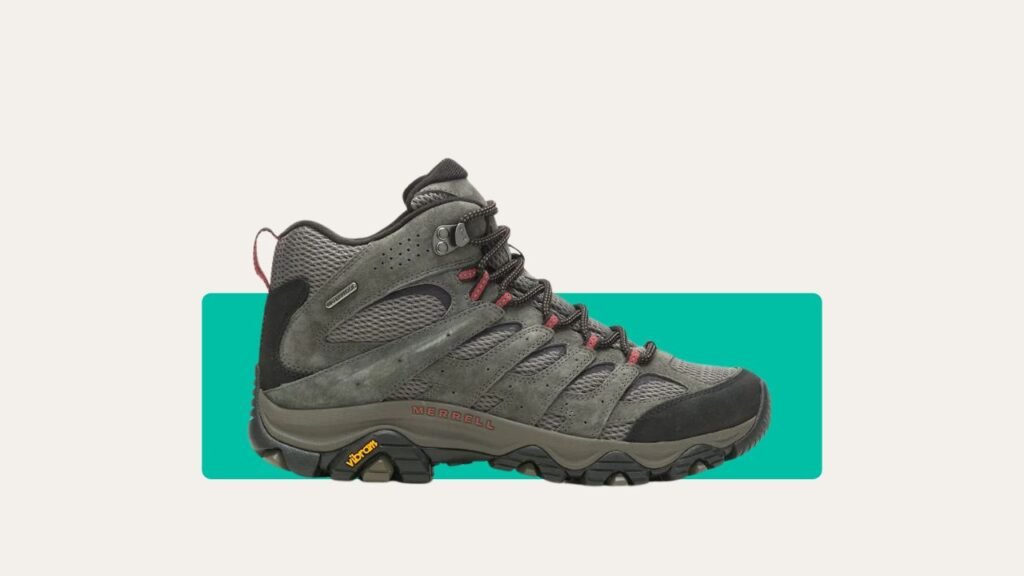
Pros
- Affordable but reliable
- Comfortable from day one
- Great grip for most terrains
Cons
- A little heavy compared to more modern builds
- Mesh parts can wear quicker with tough use
3. Hoka Kaha 3 GTX – Best for All-Day Cushioning
If your feet tend to ache after long hikes, the Hoka Kaha 3 GTX is an absolute game-changer. It’s built for maximum cushioning – think marshmallow softness underfoot but with a tough exterior.
I like to call this one the “distance walker’s dream.” Whether you're carrying a pack or just racking up miles, the thick sole and solid ankle support keep you going without the dreaded sore arches.
The grip is dependable, the waterproofing does its job, and the boot holds up surprisingly well despite its plush look.
Not ideal for tight, rocky scrambles (it's a chunky boot), but if you value comfort above all else, it’s hard to beat.
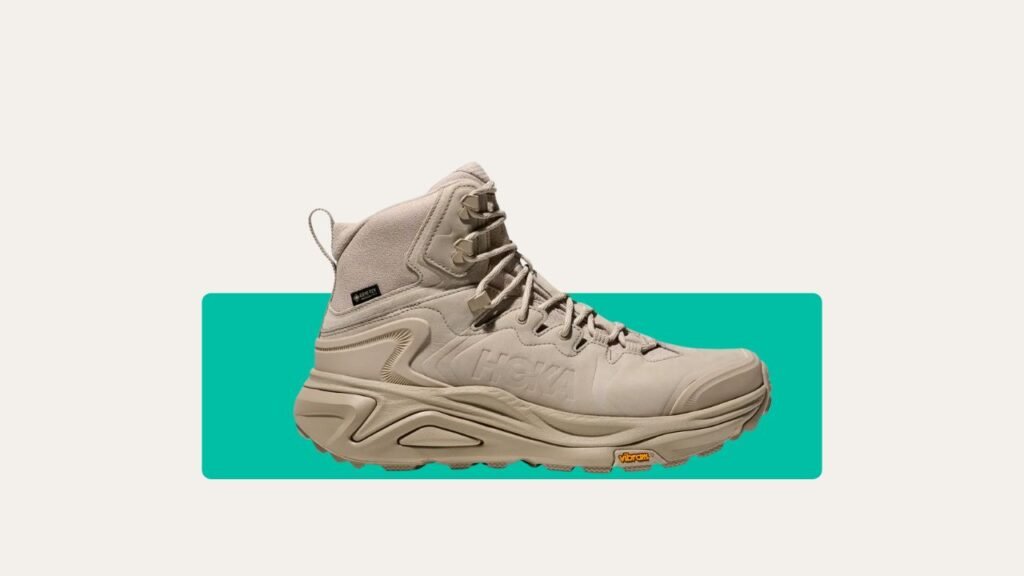
Pros
- Exceptional cushioning for sore feet or long walks
- Great support and stability
- Fully waterproof with serious comfort
Cons
- Bulky and heavier than others
4. Hoka Anacapa 2 Mid GTX – Best Lightweight Boot for Easy Trails
Think of the Anacapa 2 Mid GTX as the Kaha’s more nimble cousin. It still has that signature Hoka comfort underfoot, but in a lighter, more flexible package.
I recommend this for casual walkers, lowland hikers, or anyone who wants a comfortable boot for forest tracks, nature trails, or even travel. It has enough support for uneven paths but doesn’t feel like overkill.
If your hikes are more about enjoying the view than tackling tough terrain, this boot makes your walk feel effortless.
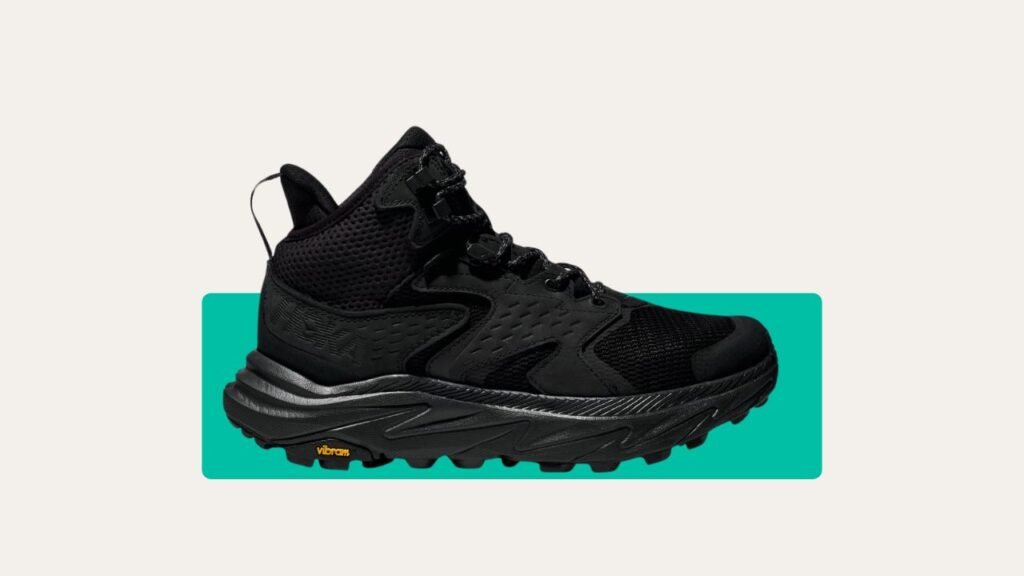
Pros
- Lightweight with great underfoot comfort
- Stylish and easy to wear off the trail too
- Waterproof and breathable
Cons
- Narrower fit – try before you buy if your feet are wide
- Not built for rugged or rocky routes
5. Danner Mountain 600 Leaf GTX – Best for Long-Term Durability
The Danner Mountain 600 Leaf GTX is the kind of boot you buy once and hang on to for years, possibly decades. This one’s for the gear lovers who appreciate leather, craftsmanship, and the joy of re-soling rather than replacing.
Once you break them in, they mould to your foot like they were custom-made. And with the Leaf version, you also get the bonus of eco-conscious materials and Gore-Tex waterproofing that doesn’t quit.
It’s not featherlight, and it does need a little patience at first, but once they’ve settled, they’ll be your go-anywhere companion.
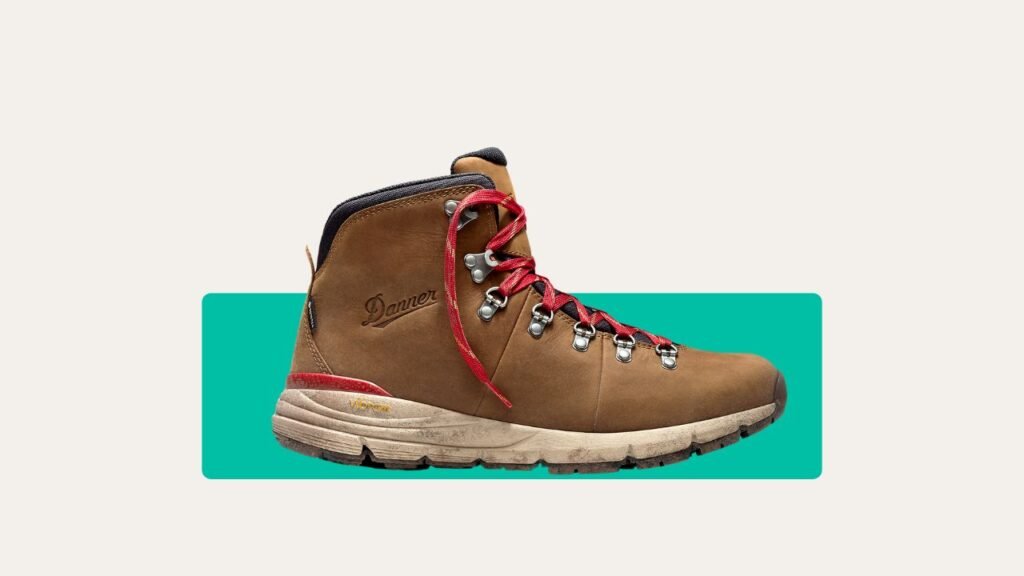
Pros
- Excellent build quality and repairable sole
- Durable leather + waterproof protection
- Ideal for those who hike often and hard
Cons
- Heavier than synthetic boots
What to Look for in Walking Boots?
The right pair should feel like a reward, not a punishment. So, before we dive into some of the best walking boots you can invest in right now, let’s take a quick look at what matters most in women's walking boots.
Fit That Feels Right
Forget about fashion. Comfort is king. You want room for your toes, heels locked in, and zero pinch. Always try them on at the end of the day – your feet swell after walking, and that’s when the real test happens. If they’re comfy then, you’re onto a winner.
Ankle Support
Mid-cut or high-cut boots are a must for uneven ground. I’ve avoided more twisted ankles than I care to count thanks to solid support. Especially helpful when you're scrambling up rocky bits or sliding down grassy slopes with questionable grace.
Grip
Deep-tread Vibram soles or similar are gold. I’ve lost count of the times they saved me from skating down muddy descents in Yorkshire.
Waterproofing
Wet feet often means a miserable hike. Gore-Tex linings, waterproof membranes, treated leather – they all work to keep your feet dry when the weather (inevitably) turns British. Step in a puddle without flinching.
Weight
Lightweight boots are great for gentle woodland strolls or lowland rambles. But for long, rugged hikes or carrying a pack, a sturdier boot with more structure gives better support. Choose based on where you’ll actually be walking, not where you wish you were walking.
Durability
Leather boots are tough and long-lasting with the right care. Synthetic ones dry faster and often feel lighter on the foot. Both have pros and cons, but whatever you go for, invest in quality and they’ll stick with you for years.
Eco-Friendly Choices
If you’re trying to tread lighter on the planet, good news: more brands are now using recycled materials and responsible manufacturing. It’s worth checking labels or the brand’s website if sustainability matters to you.
How to Get the Perfect Fit?
Getting the right fit in your walking boots isn’t just about comfort but about avoiding blisters, sore arches, and those dreaded downhill toe jams.
Always try boots on at the end of the day when your feet are slightly swollen (like they will be after a walk). Bring the socks you’ll hike in and, if possible, walk around a bit – up stairs if you can. The heel should stay put, and your toes should have wiggle room without sliding forward.
Don’t panic if a boot feels a little stiff at first – that’s normal for new pairs. But you shouldn’t feel pinching, rubbing, or tightness anywhere. If you're between sizes, go for the bigger one and use thicker socks or an insole to fine-tune the fit.
A properly fitted boot should feel secure, supportive, and like an extension of your foot, not something you’re fighting with on the trail.
And remember: no matter how fancy the boot is, if it doesn’t fit right, it’s not the one.
Final Thoughts and Choosing Your Best Boot
Here it is: match the boot to your walking, not the other way round. Are you a dog walker, wild camper, or a bagger of peaks? Do you want one pair to do it all, or different pairs for different adventures?
And don’t let price alone make your decision. I’ve splurged and saved – in both cases, the right fit with the right support was what made or broke the trip.
Try before you buy whenever possible, and don’t be afraid to walk around the shop or at home for ages. If a boot feels wrong now, it’ll feel even worse with wet socks and 12,000 steps behind you.
The best walking boots for women in 2025 aren’t always the fanciest – they’re the ones that help you go further, stay drier, and wake up ready for more.

